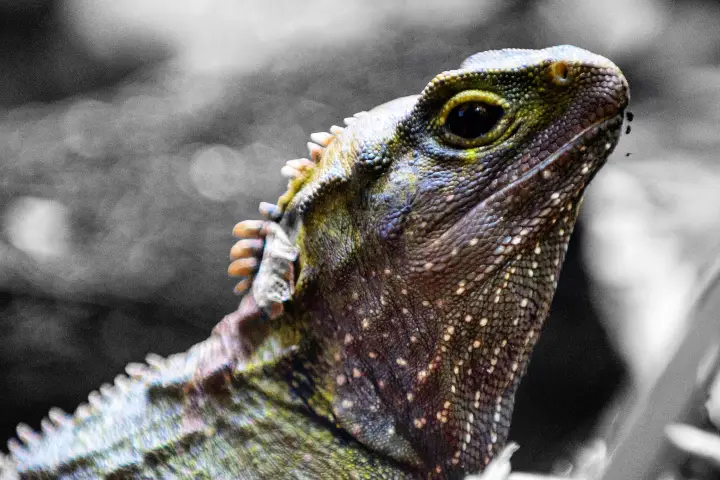Just when it was assumed that a whole lot of species don’t make sound, the silence was broken much to the delight and surprise of scientists. For a long time one could promptly say that dogs bark and cows moo but no one as per an article in smithsonianmag.com could categorically state what sound the turtles make.
A new study published in Nature Communication, revealed that there were 53 animals which communicate through vocalisation though they were assumed to be soundless.
Talking about this research to BBC News, its co-author Gabriel Jorgewich-Cohen said: “We know when a bird sings. You don’t need anyone to tell you what it is. But some of these animals are very quiet or make a sound every two days.”
Jorgewich-Cohen, an evolutionary biologist at Switzerland’s University of Zurich while studying turtles in Amazon rainforest, pondered if scientists were wrong in presuming that these creatures did not talk.
On reaching home he listened to their vocalisations including that of Homer, his pet turtle that he had since his childhood.
A pleasant surprise greeted him when he recorded many sounds his pet turtles made. Encouraged by this, he started looking at other species that were considered non-vocal.
Besides the sounds from 50 species of turtles, Jorgewich-Cohen also recorded those of tuatara, a lizard-like reptile; Cayenne caecilian, a worm-like amphibian; and an air-breathing South American lungfish. All these animals made diverse sounds which included chirps, grunts, clicks and snorts. Like other beings, some among them were talkative and many spoke after 10 hours. Almost all of them had never been recorded before.
Underwater cameras were used to capture their behaviour to link it with every vocalisation. It was found that male species used them often to pursue females or when they locked horns with other males. Many also made sounds to defend their territory.
The research pointed out that among the choanate vertebrates, acoustic communication came into being from a common forebear which was in existence 407 million years ago. To reach this conclusion, the researchers combined the new data with a study done in the past on the evolutionary history of acoustic communication in 1,800 other species.
Based on their family tree analysis it was submitted that the common ancestor may be Eoactinistia foreyi, a lobe-finned fish which existed during the Devonian era.
Highlighting this aspect, Jorgewich-Cohen told AFP: “What we found is that the common ancestor of this group was already producing sounds and communicating using those sounds intentionally.”
Many don’t agree with this study since in 2020 researchers had said that acoustic communication had evolved in diverse species independently and this process was repeated in the last 100 to 200 million years. Some say that the sounds of 53 species may not qualify as communication.
More research needs to be done in this field to arrive at concrete conclusions.




















